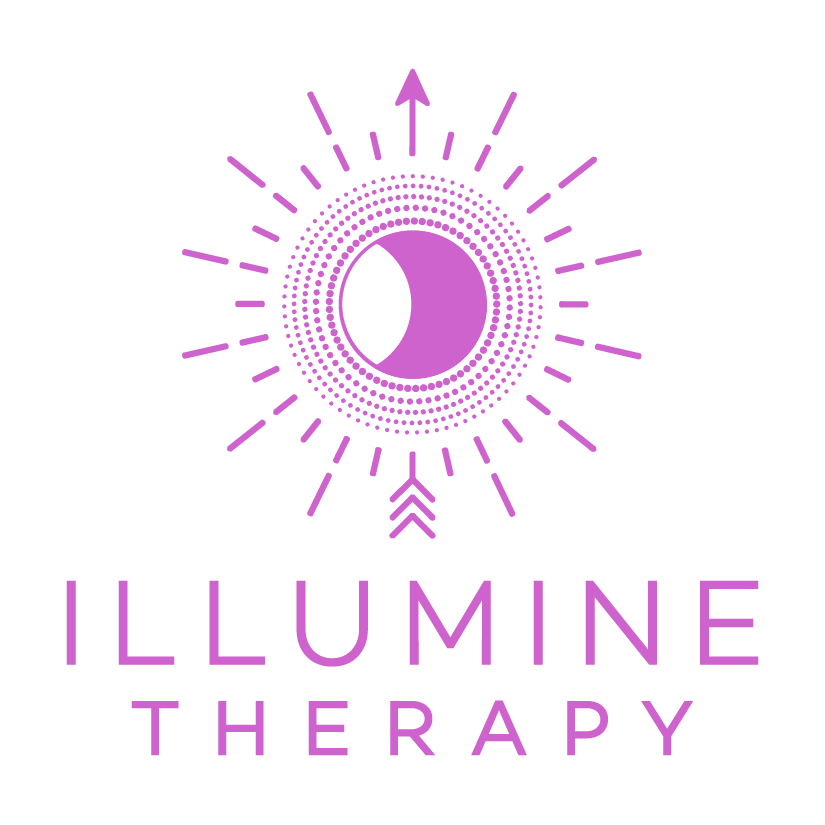Is anxiety getting the best of you? Three Anxiety Hacks to use today.
Anxiety is a normal emotion that everyone experiences from time to time. It can be important to recognize that we all have emotions that come and go. Many people like to think of emotions like the weather. Clouds move in, sometimes even rain or massive storms, and move out to blue skies. The primary core emotion of anxiety is scared or also known as fear. For some people, anxiety begins to interfere with their everyday lives and when this happens it can become a problem.
If you're struggling with anxiety, it can be helpful to have some tools and strategies to help you manage your symptoms. Even if anxiety isn't interfering with your everyday life these tools can be helpful when it does present itself. Here are three anxiety hacks that you can use today to help you feel more in control.
1. Mindfulness meditation
Mindfulness meditation is a powerful tool that can help you manage anxiety. By focusing on the present moment and paying attention to your thoughts and feelings without judgment, you can learn to accept and cope with them more effectively. Research has shown that mindfulness meditation can reduce symptoms of anxiety, depression, and stress, which is pretty great!
There are many different ways to practice mindfulness. You can notice things such as your breath. Or you can focus on the five senses. You can also be mindful of your internal world which becomes curious with thoughts and words, the five senses, emotions, sensations, and any impulse or desire to move. Essentially mindfulness is helping you come back to the present moment and by doing so can help you feel more regulated.
Make sure to check out all the wonderful apps on your smartphone. Calm, headspace, waking up, insight timer, and ten percent happier are a few of the many mindfulness apps.
Here is a simple practice to help you begin today. To practice mindfulness meditation, find a quiet place to sit and close your eyes. Take a few deep breaths and focus on the sensation of your breath moving in and out of your body. If your mind starts to wander, gently bring your attention back to your breath. Start off small and begin practicing for just a few minutes a day, and gradually increase the time as you become more comfortable.
2. Progressive muscle relaxation
Progressive muscle relaxation is a technique that can help you reduce tension in your body and calm your mind. By systematically tensing and releasing different muscle groups, you can create a sense of physical and mental relaxation. This can be particularly helpful if you're feeling anxious and tense.
To practice progressive muscle relaxation, find a quiet place to lie down or sit comfortably. I like to teach clients to bring in an anxious thought or memory on a scale of 2 or 3 (where 10 is extremely activating and 0 is calm) and really begin to visualize this memory or thought. Where were you? What were you doing? What do the thoughts sound like and how quick are they? And finally finding a sensation in the body where you feel it the most. Once you have done that move on to the next part. Starting with your toes, tense and hold the muscles for 10 seconds, and then release. Move up to your feet, legs, stomach, arms, and face, tensing and relaxing each muscle group for 10 seconds. Try to focus on the sensation of relaxation and let go of any tension or anxiety. After you have done this see if any place wants to tense again or your body might want to shake. Go back and see how the memory or thought feels now on that scale of 0 to 10.
3. Visualization
Visualization is a technique that can help you create a mental image of a calm and peaceful scene. By imagining yourself in a peaceful place, you can create a sense of relaxation and calm that can help reduce anxiety. This technique can be particularly helpful if you're feeling overwhelmed or anxious.
To practice visualization, find a quiet place to sit comfortably. Close your eyes and imagine yourself in a peaceful setting, such as a beach or a forest. Try to use all your senses to create a vivid image, and focus on the sensations of peace and calm. If your mind starts to wander, gently bring your attention back to the visualization.
In conclusion, these three anxiety hacks can help you manage your symptoms and feel more in control. Remember, it's important to find what works best for you and to practice regularly to see the benefits. If you're struggling with anxiety and finding it difficult to manage, consider seeking professional help from a therapist or counselor. With the right tools and support, you can learn to manage your anxiety and live a more peaceful and fulfilling life. Reach out today to see if I’d be a counselor for you or if you want help to find another therapist in Ogden, Utah. I help people with anxiety and stress through different methods such as Brainspotting therapy, EMDR therapy, and Sensorimotor Psychotherapy.



